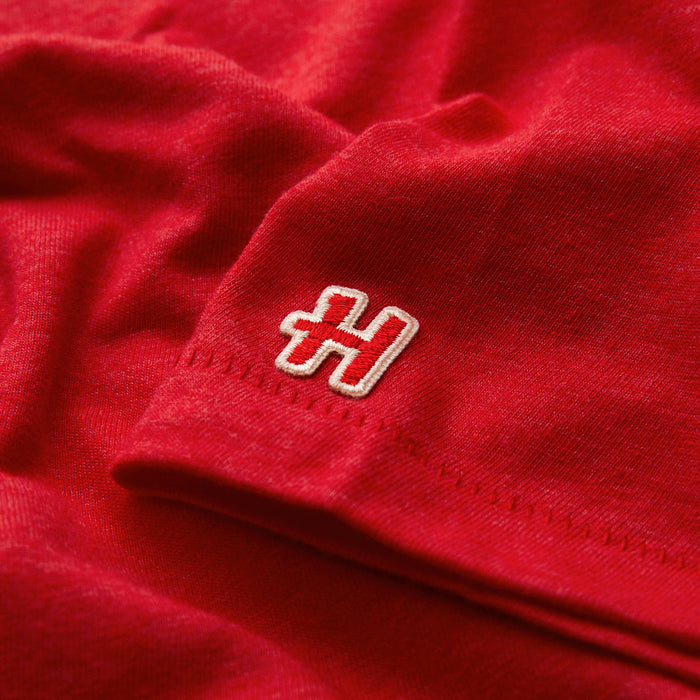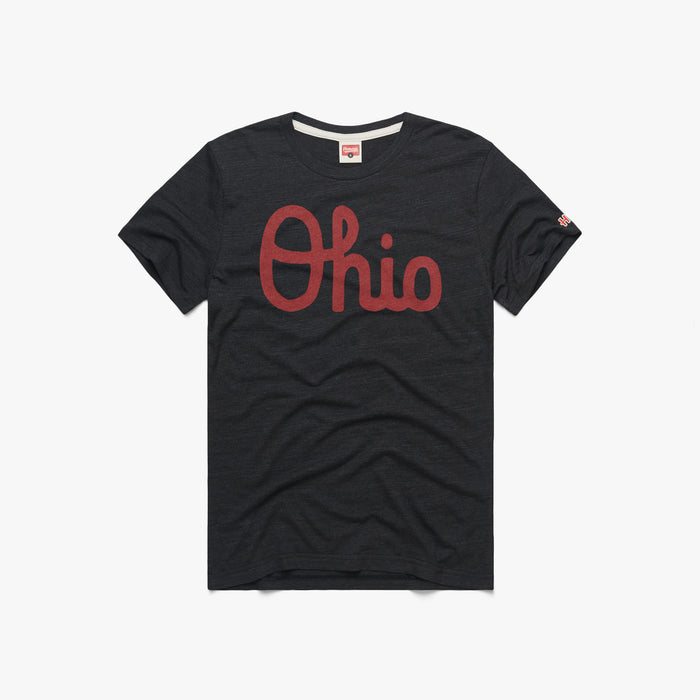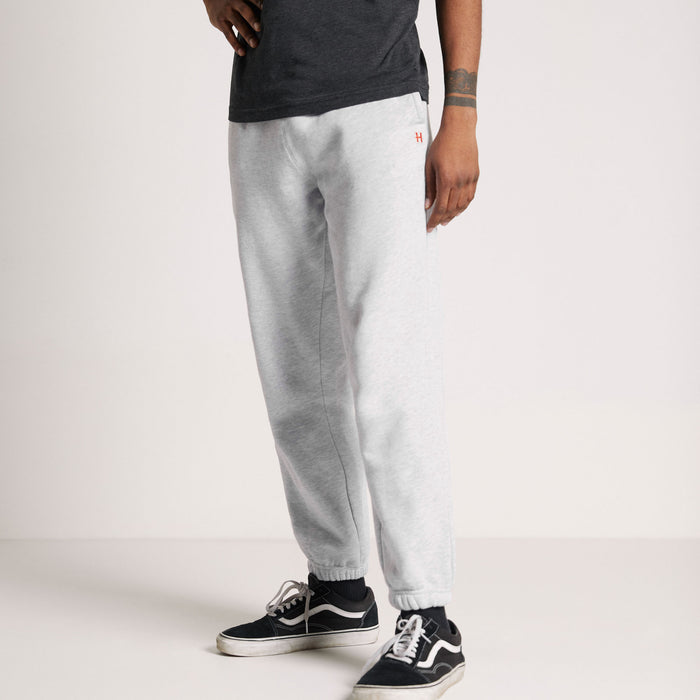
Yesterday marked the 80th anniversary of the “greatest 45 minutes in sports” when James Cleveland “Jesse” Owens broke three world records in the long jump, 220-yard dash, and 220-yard low hurdles and evened another world record in the 100-yard dash at the 1935 Big Ten Track and Field Championships in Ann Arbor, Michigan.
We know we’ve had 80 years to wrap our minds around the feat, but we’re still struggling to fathom how anyone could land four world records in less than an hour—the time we spent squeezing in one more episode of “Mad Men.” Oh, and the kicker: Jesse Owens likely shouldn’t have competed in the first place.
Just days before the championships, Owens injured his back tumbling down a flight of stairs during fraternity hijinks. After hearing about the injury and seeing Owens in practice, Ohio State’s legendary track coach Larry Snyder was concerned taking part in the championships would further aggravate the injury and cause long-term damage. Owens’ response? He’d wince through the pain and see how his back responded to the events. And those events, they were scheduled, roughly, just 11 minutes from one another: the ultimate test.

With the deck stacked against him, Owens didn’t blink or hold back—the back, not only did it hold up, it passed the schedule’s grueling test with flying colors. In the long jump, he extended the world record by more than six inches, where it would stand for 25 years. In the 220-yard dash, he shaved off .3 seconds to take the record time down to a ridiculous 20.3 seconds. And in his final record-setting performance of the day, the 220-yard low hurdles, he left the competition in the dust, finishing five yards ahead of second place in a time of 22.6 seconds. Never before had a runner finished the event under 23 seconds.
While the numbers speak for themselves, the levels of inconceivability only come into focus the more you dig into Jesse Owens’ years at Ohio State. In addition to dividing his time between classes and track and field, he had multiple part-time jobs to pay for school—that’s right, the high school standout and arguably the world’s best track and field star ever to live wasn’t even on scholarship. What’s more, Owens had a young family to support: his wife Ruth and daughter Gloria. The athlete who could do it all on the track was a family man who could do just as much, if not more, at home.
By Jesse Owens’ final quarter at Ohio State in 1936, he had set the record for most individual NCAA championships, winning eight, four in each of his last two years at the university. Celebrating the achievement would have to wait, as he booked his ticket to the 1936 Berlin Summer Olympics when he won each of his three qualifying events in the 100-meter sprint, 200-meter sprint and the long jump.
With Germany under Nazi rule at the time of the 1936 Berlin Summer Olympics, Adolf Hitler attempted to take advantage of the international stage and advance his heinous claims of Aryan supremacy. Owens, having experienced firsthand the evils of bigotry and prejudice while growing up and going to school during U.S. segregation, exercised his tunnel vision for training and did not let the milieu distract him from the competition.

While little can compare to Jesse Owens’ four world records in 45 minutes in 1935, his dominating performance in Berlin established him as a worldwide legend, winning four gold medals in the 100-meter sprint, 200-meter sprint, 4x100-meter sprint relay and long jump. In doing so, he smashed three world records and definitively debunked Hitler’s racist beliefs.
When asked how he pulled off the performance, Owens simply replied, “I let my feet spend as little time on the ground as possible. From the air, fast down, and from the ground, fast up.”
In 1955, President Dwight Eisenhower celebrated Jesse Owens by making him an “ambassador of sport.” A little over 20 years later, President Gerald Ford bestowed the highest civilian honor on him with the Presidential Medal of Freedom. And in 1990, President George H. W. Bush added to Jesse Owens’ incomparable legacy by posthumously awarding him the Congressional Gold Medal.
Inspired by the track and field legend, our Ohio Flyer collection celebrates all Ohioans who take to the air and soar above what is believed to be possible.



































































